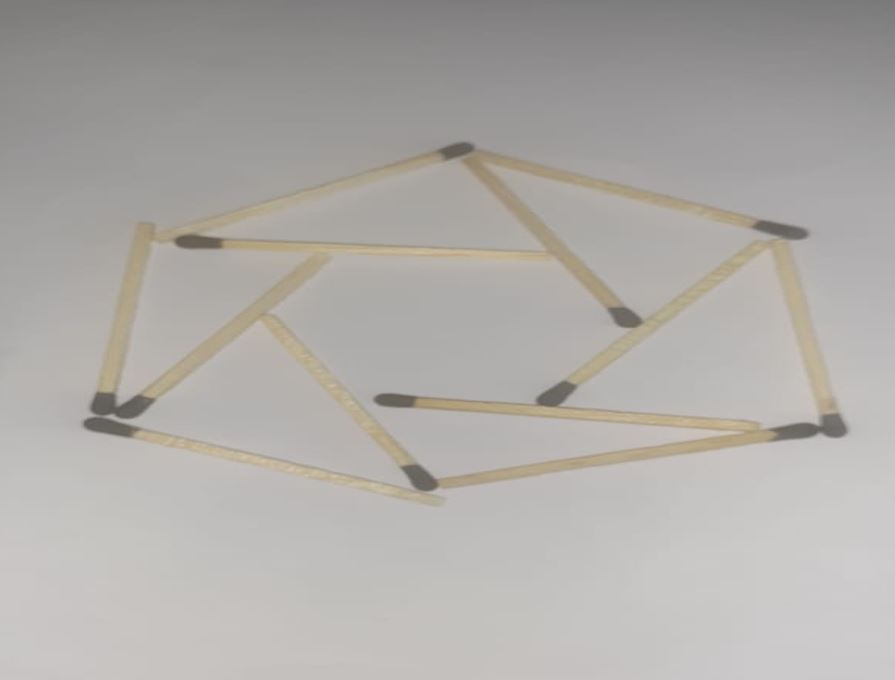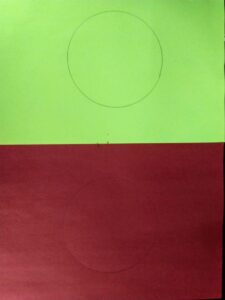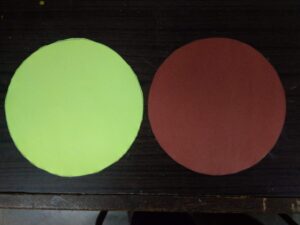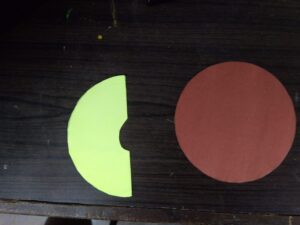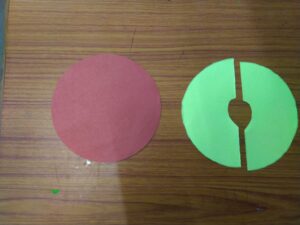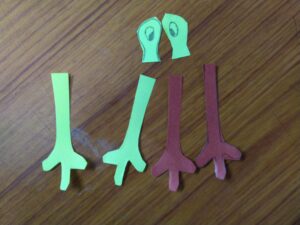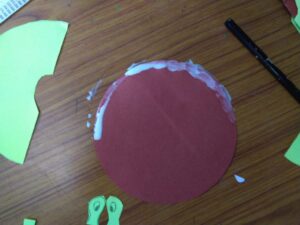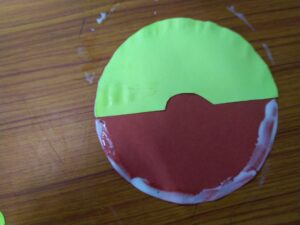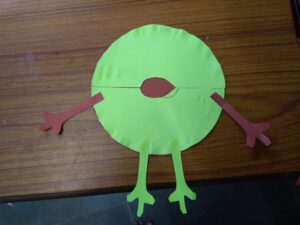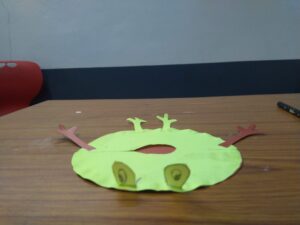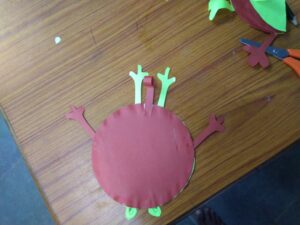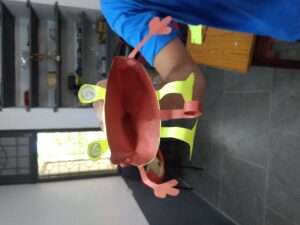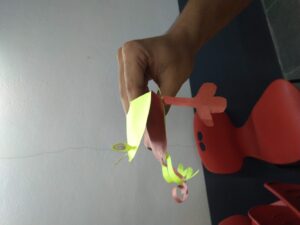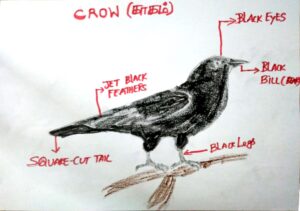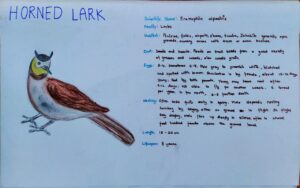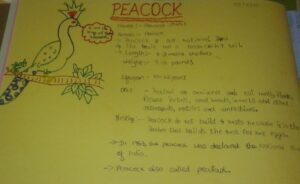~jennifer, bakyalashmi
As part of learning, the session we had with Ramanujam was very much interesting. The matchsticks activity which helps the students to identify the basic shapes, talk mathematically and improves their way of thinking was wonderful. We had different task to do with matchsticks we have listed them below and tried them with the kids at home.
Task 1: Make an identical copy of these shapes
In this task, we asked them to make some shapes using matchsticks. The kids saw the shapes and they tried to make the identical copy of it. Some shapes were easy for them to make and for some they struggled since placing matchstick at proper angle was difficult for them.
Some of the shapes we gave to them are,
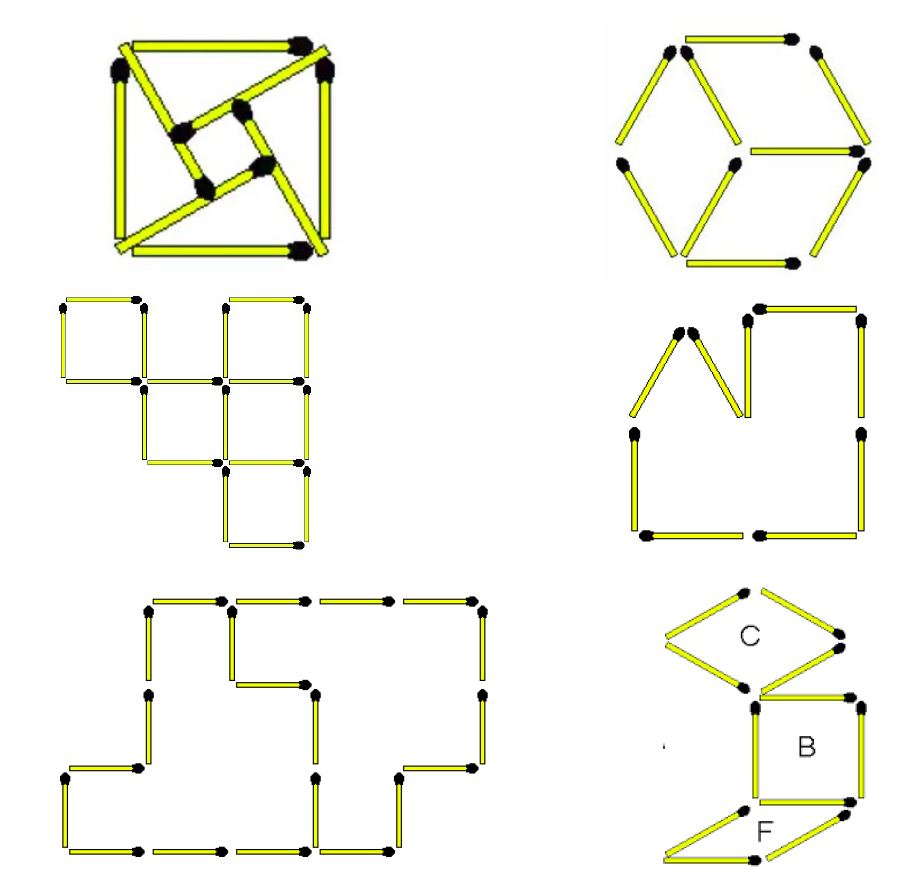
After this task, we can ask the children which are difficult to make why is it so. We can ask them to point the shapes, what are the shape we can find inside each shape etc.
Task 2: Use the Matchsticks to make shapes of your own
In this task we asked them to use their own idea to create the shape they like. They started to create lot of shapes. Some of them are,
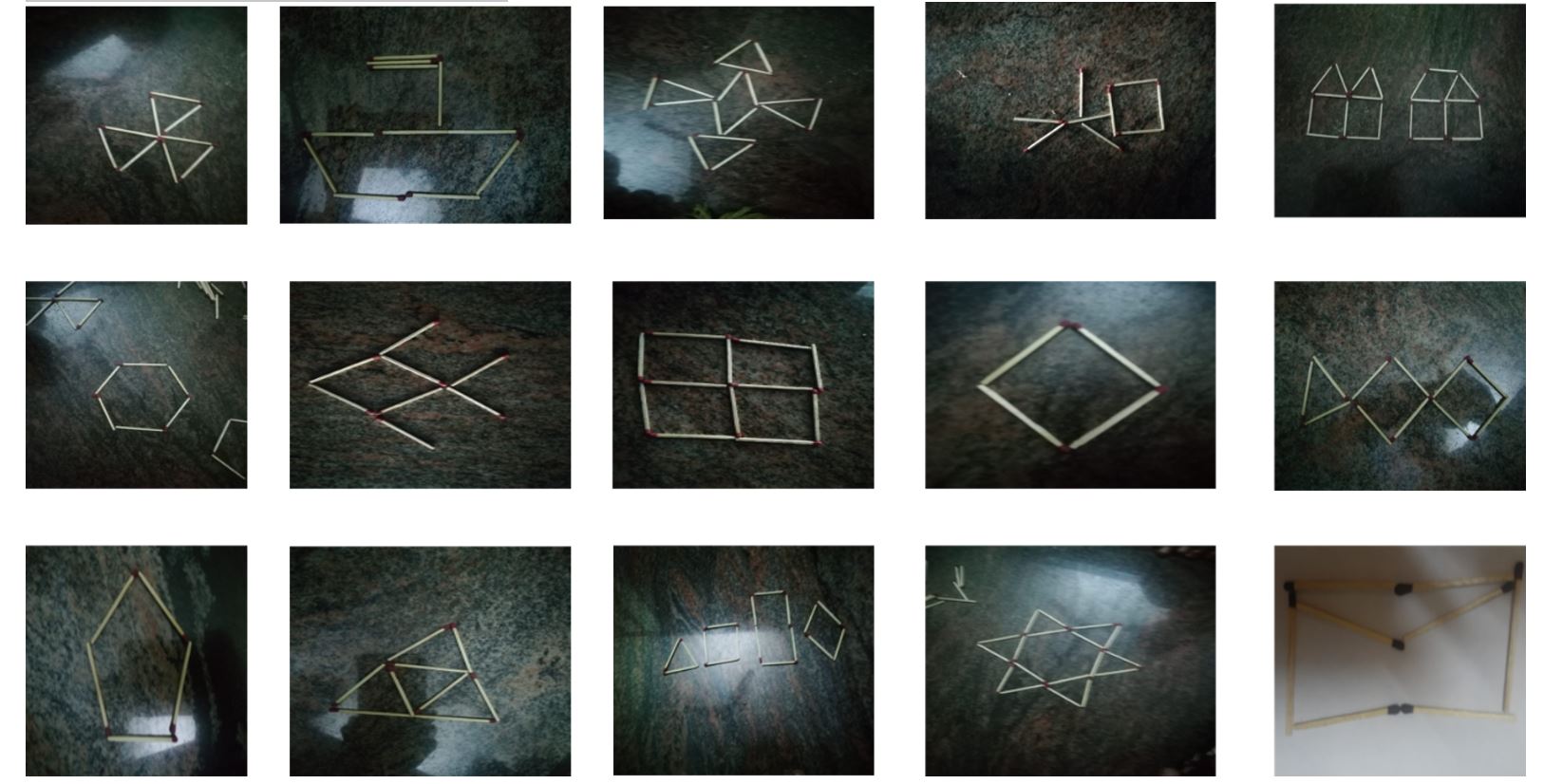
From this the children can understand what are the shapes which are possible with equal sides, the shapes which needs at least one side to be decimal values and the shapes which cannot be obtained with whole numbers. And also, we found some of the shapes which are not possible with matchsticks.
Task 3: Describe the shape that you made to your friend so that he/she can make an identical shape without seeing your shape. Think over how you will describe the shape and write it down. Then read it aloud to your friend so that he/she can make the same shape
While describing and discussing the shape together the children will learn the mathematical terms easily. We tried this with a shape,
The shape we took is,
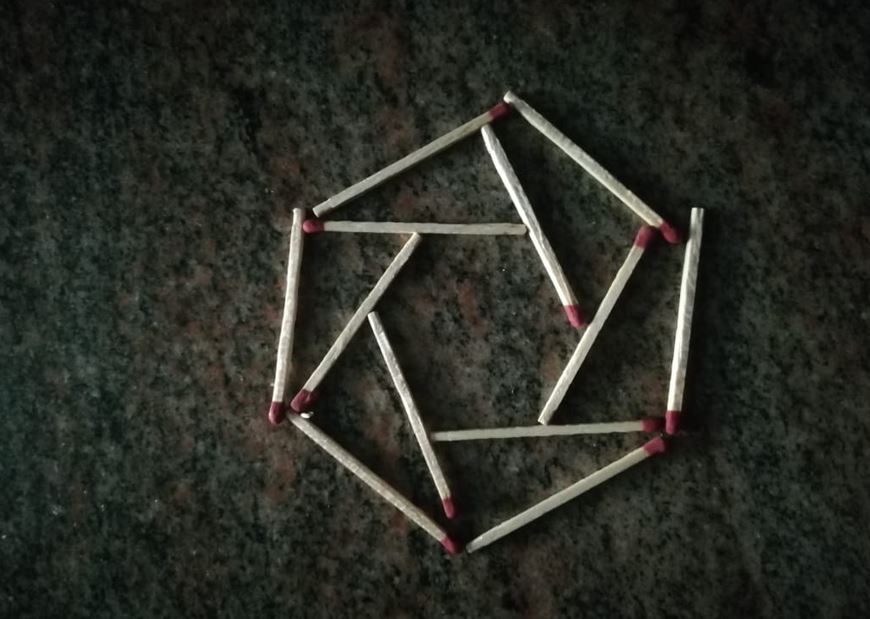
The instruction given are,
1. Place a match stick horizontally.
2. keep another match stick place one end in the center of the first matchstick in 60 degree.
3. repeat the same by taking one more match stick to the second matchstick.
4. take 3 more matchstick and repeat the process to get the inner hexagon portion.
5. close all edges by 6 matchsticks to get an outer hexagon.
And what I got from her is,
